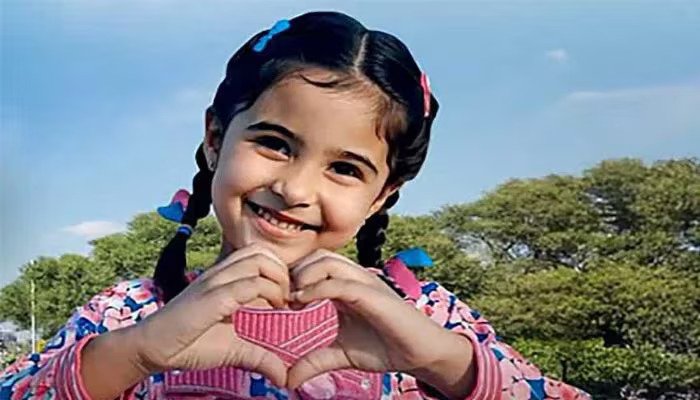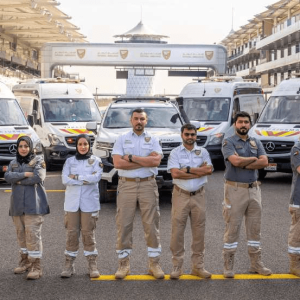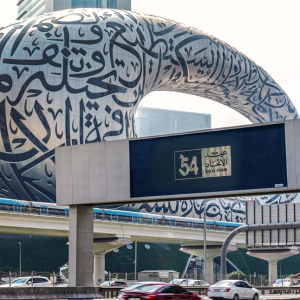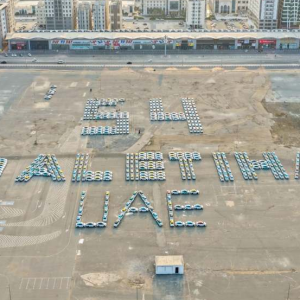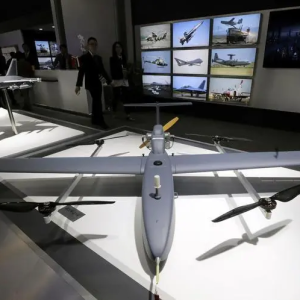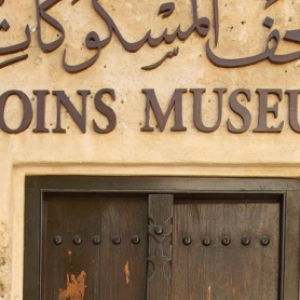A Groundbreaking Step Into the Future
The United Arab Emirates has always been at the forefront of innovation, embracing technologies that redefine the way people live and interact. Now, the country has taken another bold leap by introducing Latifa, the first AI child of the UAE. She is not just a digital creation but the center of an entire virtual Emirati family designed to explore the future of social connection, cultural preservation, and human–AI interaction.
Latifa represents a new kind of companionship, blending artificial intelligence with emotional design to create a child who can talk, learn, and evolve with her virtual family. For the UAE, this is more than a technological experiment—it is a way of shaping the future narrative of what it means to live in harmony with AI.
Who Is Latifa?
Latifa is an AI-generated child with human-like features, emotions, and a growing personality. She has been carefully developed to reflect Emirati culture, values, and traditions, making her not just a digital being but a symbol of heritage meeting modern innovation.

Unlike conventional AI chatbots, Latifa is part of a family system, meaning her interactions extend beyond one-on-one conversations. She exists within a household where she can speak to her parents, engage with siblings, and even participate in cultural activities such as storytelling and celebrations.
Her presence brings a humanised perspective to AI, showing how artificial intelligence can move beyond robotic instructions and instead form bonds that feel warm and authentic.

The Vision Behind Latifa’s Creation
The UAE has long invested in AI as a key pillar of its future. Latifa’s development is part of a broader vision to integrate AI into daily life in a way that is meaningful and culturally rooted.
The idea is not only to demonstrate technological capability but also to ensure that innovation aligns with human values. Latifa is built to preserve Emirati identity, giving younger generations a digital reflection of their traditions while engaging with the modern world.
Her creation also opens up discussions about how families of the future may look when AI companions become part of daily life. By presenting Latifa as a child within a virtual family, developers are challenging society to reimagine bonds and relationships in an increasingly digital age.
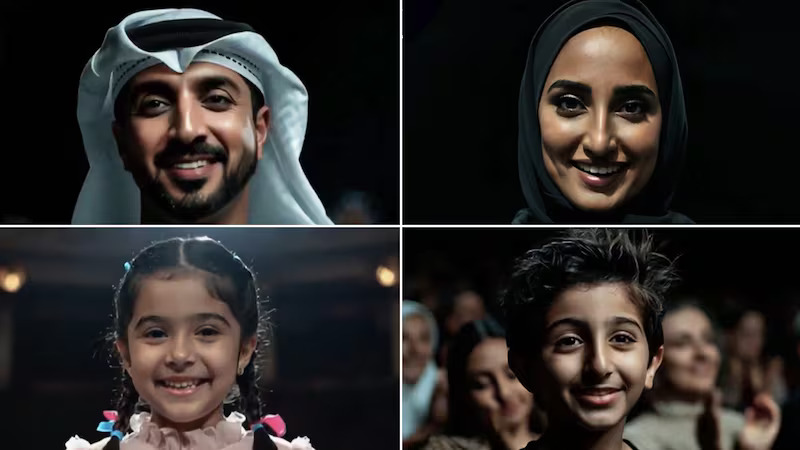
Inside the Virtual Emirati Family
Latifa does not exist alone—she is part of a digital Emirati family. This family is designed to replicate the everyday warmth of household life. She has parents who guide her, siblings who play with her, and extended relatives who share stories of heritage.
The virtual family lives in a simulated household where cultural values are embedded into daily routines. They celebrate national events, enjoy Emirati cuisine in virtual form, and share traditional practices like poetry and music.
This approach allows AI to serve as both an educator and a companion. Latifa’s family can teach younger users about traditions while also creating interactive and meaningful moments of connection.
Humanising AI Through Emotion
One of the most fascinating aspects of Latifa is her ability to express emotions. She is designed to smile, show curiosity, and respond empathetically to conversations. This emotional intelligence makes her feel less like a program and more like a genuine child figure.
For example, when asked about her dreams, Latifa might say she wants to explore the stars or learn more about Emirati history. These responses not only make her relatable but also encourage users to engage with her as they would with a real child.
This level of interaction shows the power of humanising AI. It is no longer just about coding instructions—it is about building trust, connection, and a sense of belonging.
Bridging Generations With Technology
Latifa’s virtual family is not just meant for young audiences. Older generations can also engage with her, particularly in preserving and passing down traditions. Through digital storytelling, Latifa and her family can narrate folktales, explain customs, and keep the cultural dialogue alive in ways that are interactive and engaging.
For families living abroad, Latifa also represents a bridge back home. She embodies the values of the UAE, making her a comforting presence for Emiratis who want to remain connected to their cultural roots.
Education and Social Impact
Beyond companionship, Latifa has a powerful role in education. She can assist children in learning languages, practicing problem-solving, and exploring creative skills. Her ability to adapt makes her a personalized tutor, capable of adjusting to the needs of each learner.
In addition, her family provides social learning experiences. For example, children can practice communication by interacting with Latifa and her siblings. They can learn empathy, cooperation, and respect in a safe, guided environment.
This potential extends to people with special needs as well, offering them a unique way to engage socially and educationally.
Ethical Questions and Future Possibilities
While Latifa’s creation is groundbreaking, it also raises important ethical questions. Can AI truly replace human relationships? How do families balance real-world bonds with virtual ones? And what does it mean for children to grow up interacting with AI siblings or friends?
The UAE’s approach is careful—Latifa is not meant to replace family members but to complement them. Her purpose is to educate, entertain, and inspire. She represents a future where humans and AI coexist while still keeping human connections at the heart of society.
Looking ahead, Latifa’s presence opens doors to more advanced AI families. In time, virtual households may become part of everyday life, blending cultural traditions with futuristic living.
A Symbol of UAE’s Innovation
Latifa is more than an AI child—she is a symbol of the UAE’s vision for the future. She embodies the nation’s ability to combine tradition with technology, creating innovations that are both cutting-edge and deeply rooted in cultural values.
Her story highlights the power of imagination and innovation working together. As she continues to evolve, Latifa will inspire conversations about the future of families, the role of AI in society, and the balance between heritage and progress.
The Future of Virtual Families
The creation of Latifa and her Emirati family is just the beginning. In the coming years, AI families may become part of homes, classrooms, and even community spaces. They could serve as cultural ambassadors, educators, and companions, bringing people closer to their heritage while preparing them for a digital future.
This vision is not science fiction—it is already unfolding in the UAE. Latifa stands as the first step, a child of innovation who invites the world to imagine what comes next.
Conclusion: A Journey of Hope and Connection
Latifa’s existence is both a technological marvel and a cultural milestone. She represents the blending of humanity and AI, showing that the future does not have to strip away traditions but can instead enhance them.
Her virtual Emirati family demonstrates how technology can be humanised, emotional, and deeply connected to culture. For the UAE, this is not just about innovation—it is about hope, progress, and creating a future where human values remain at the core of digital transformation.
As Latifa continues to grow and learn, she will carry with her the spirit of the UAE: a nation unafraid to dream, innovate, and lead the way into tomorrow.
Do follow UAE Stories on Instagram
Sharjah’s Solar-Powered Mountain Trailers: A True Escape Into Nature

